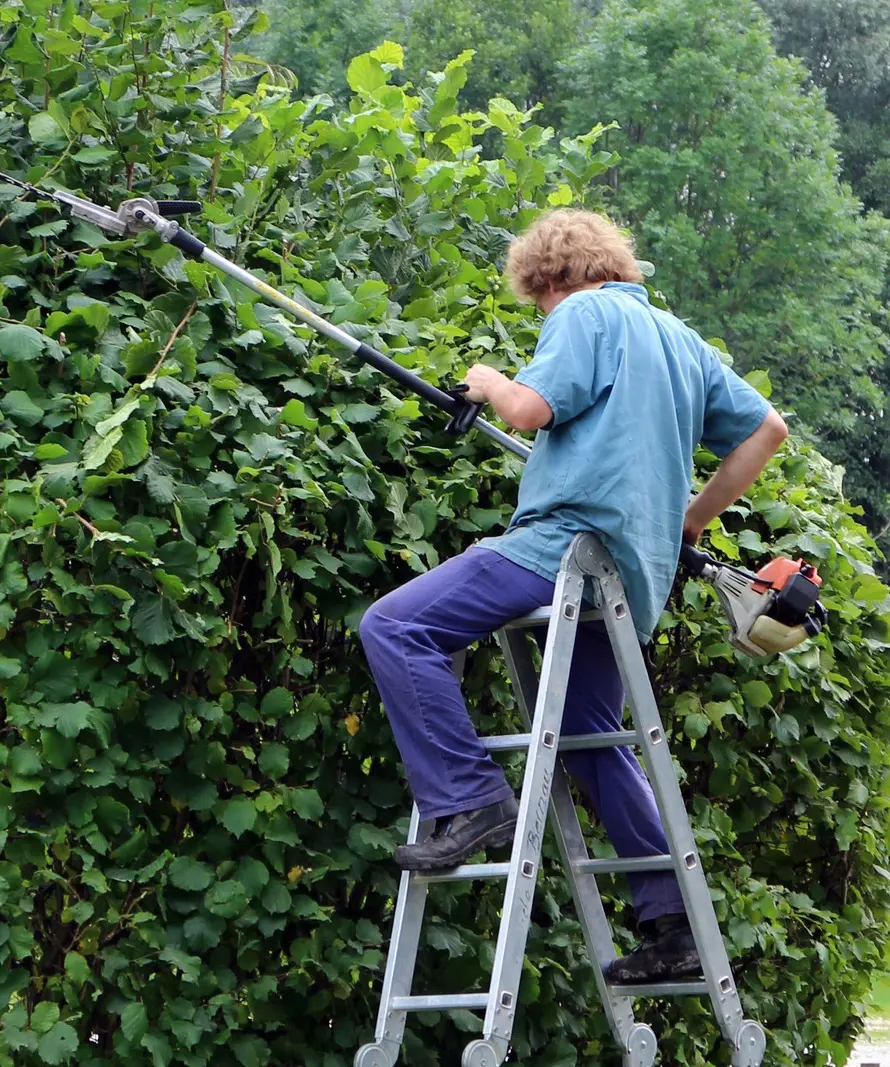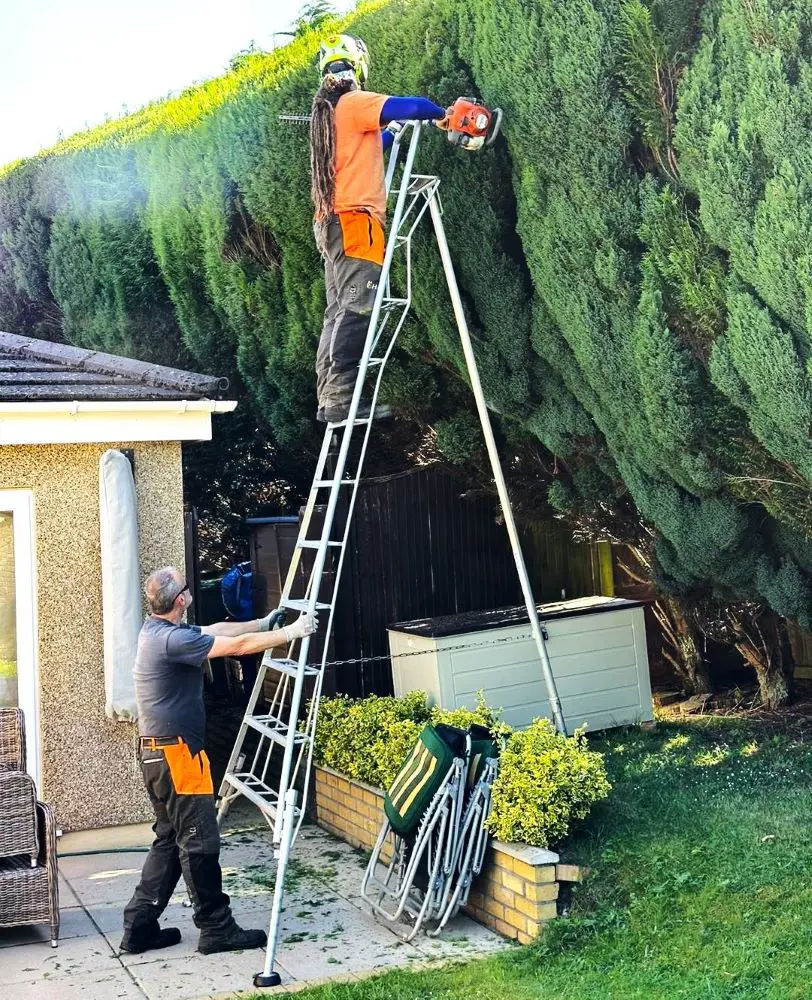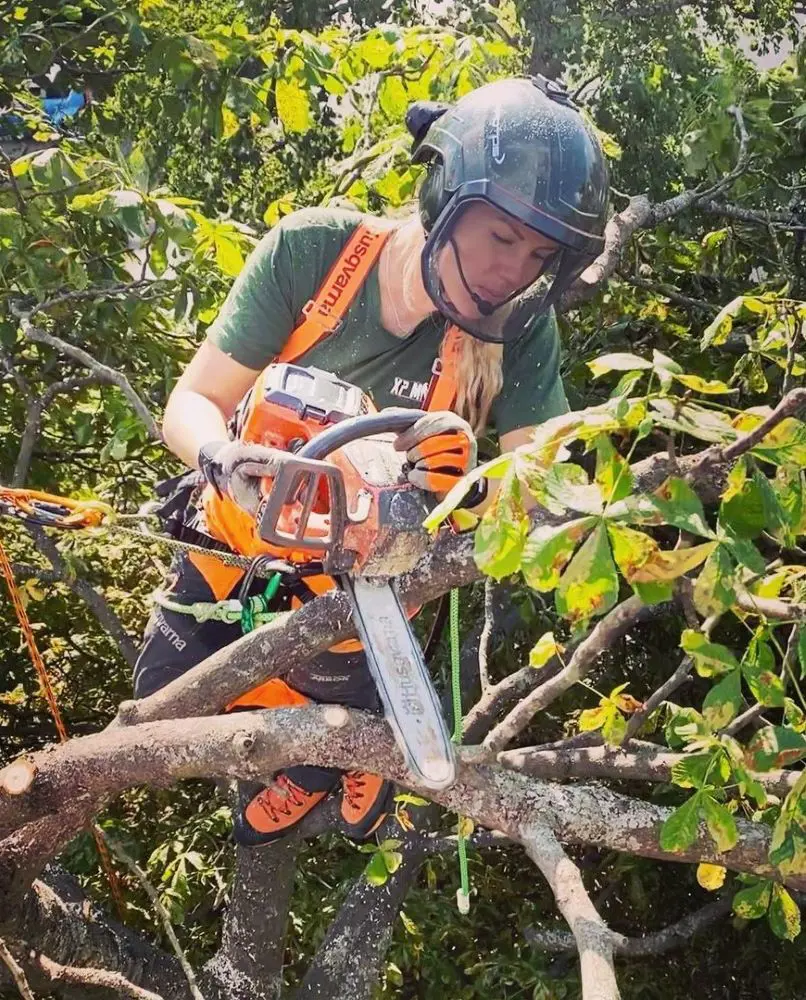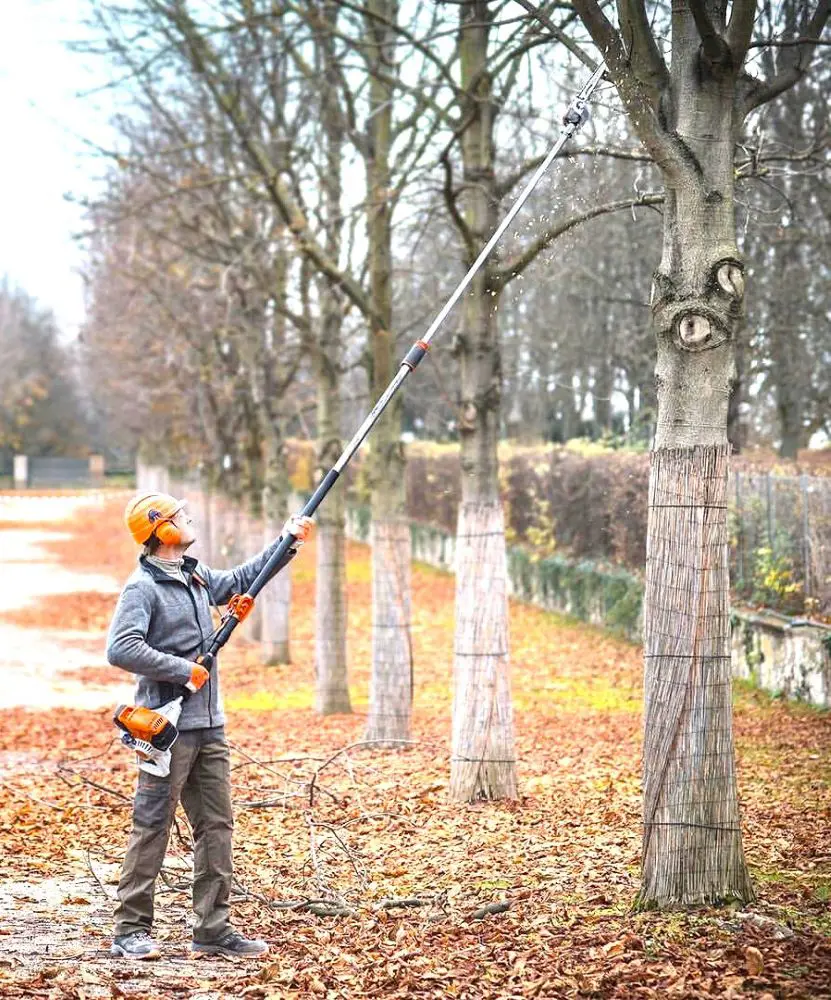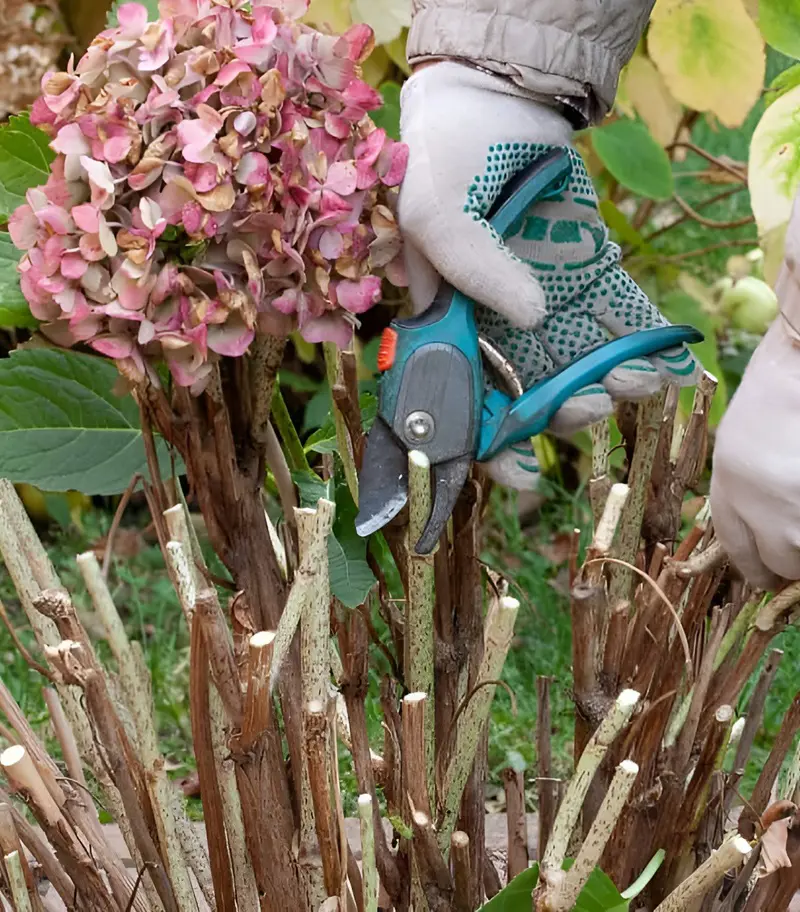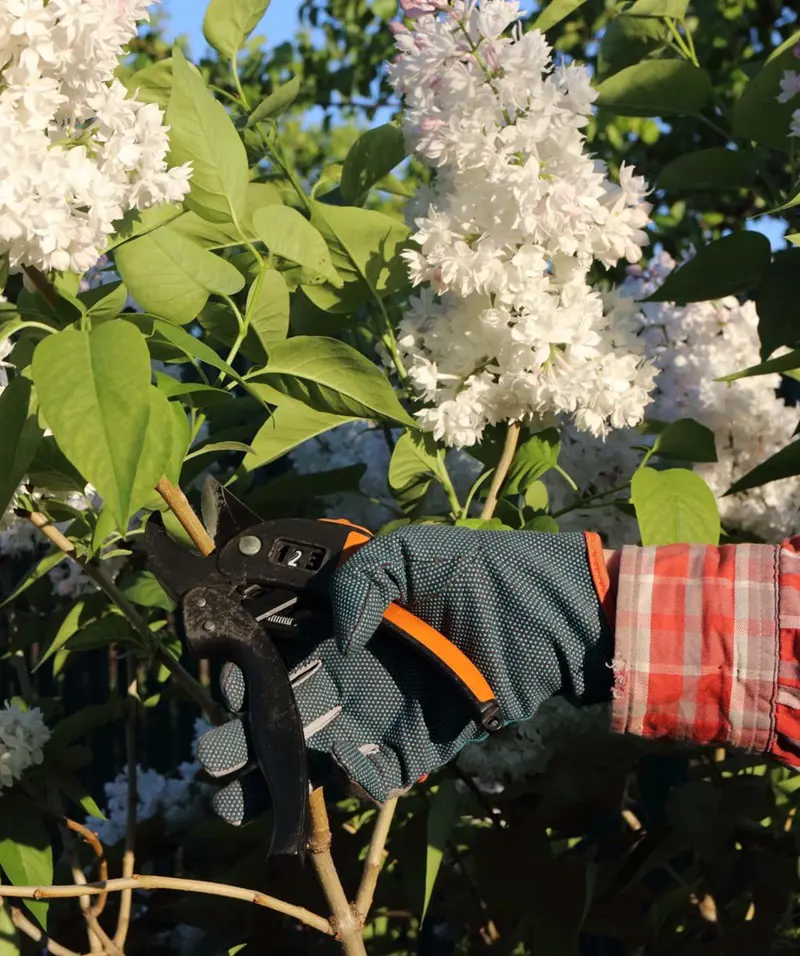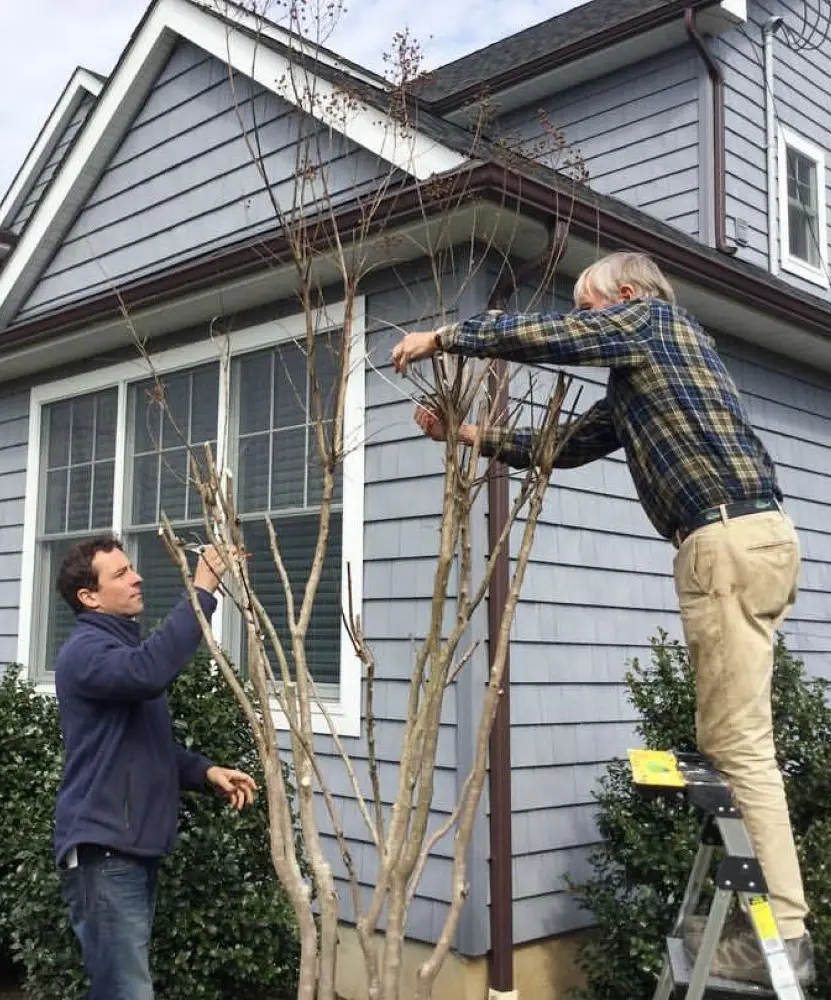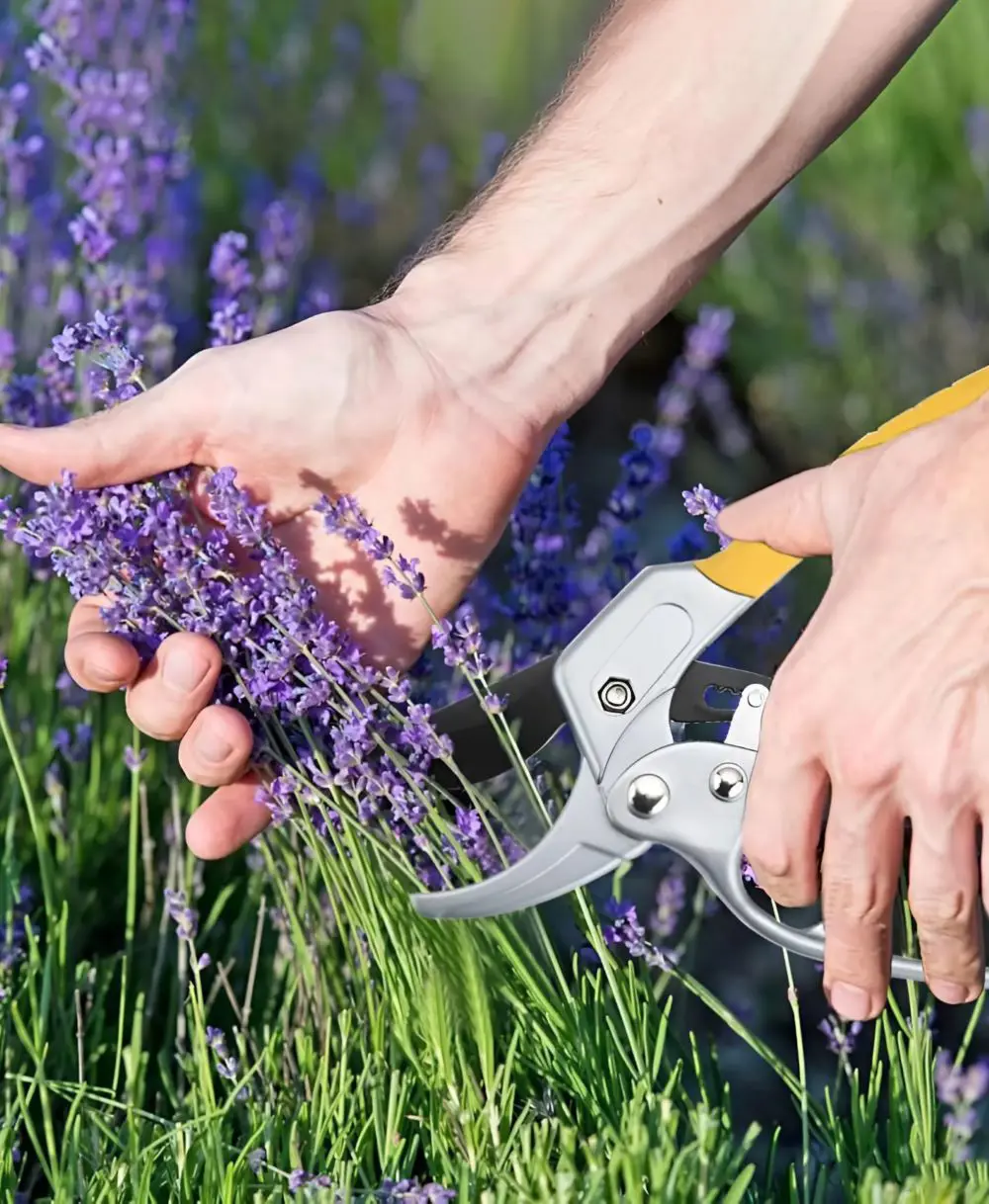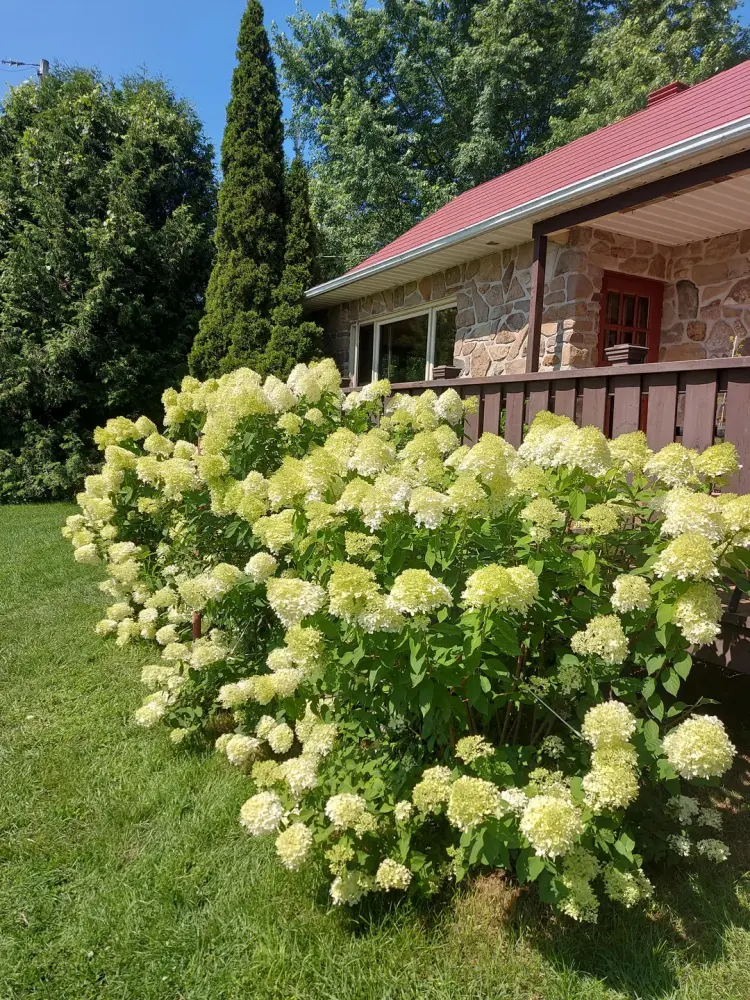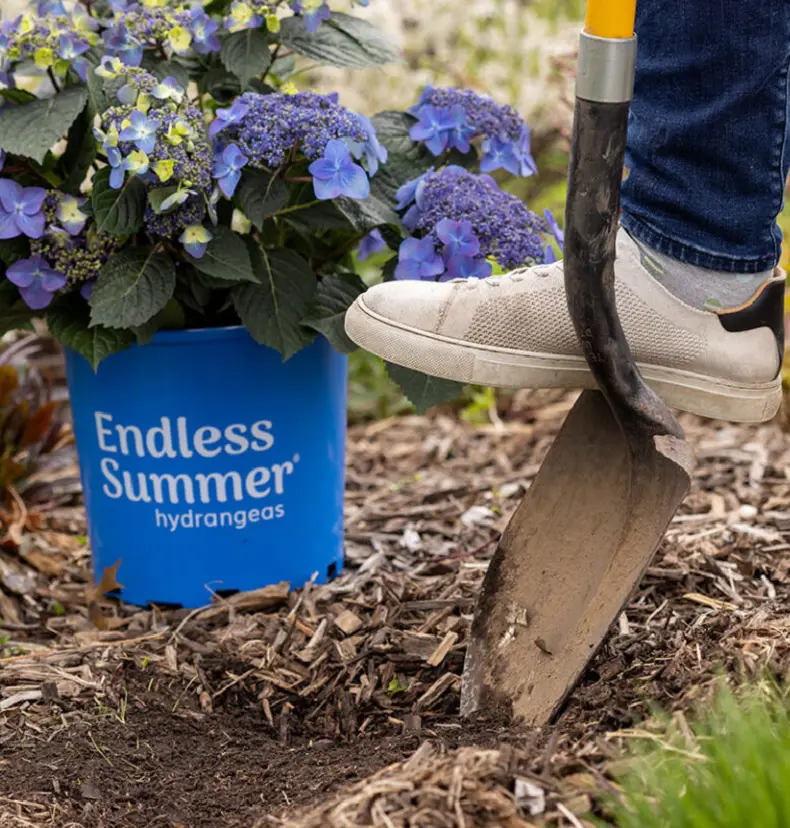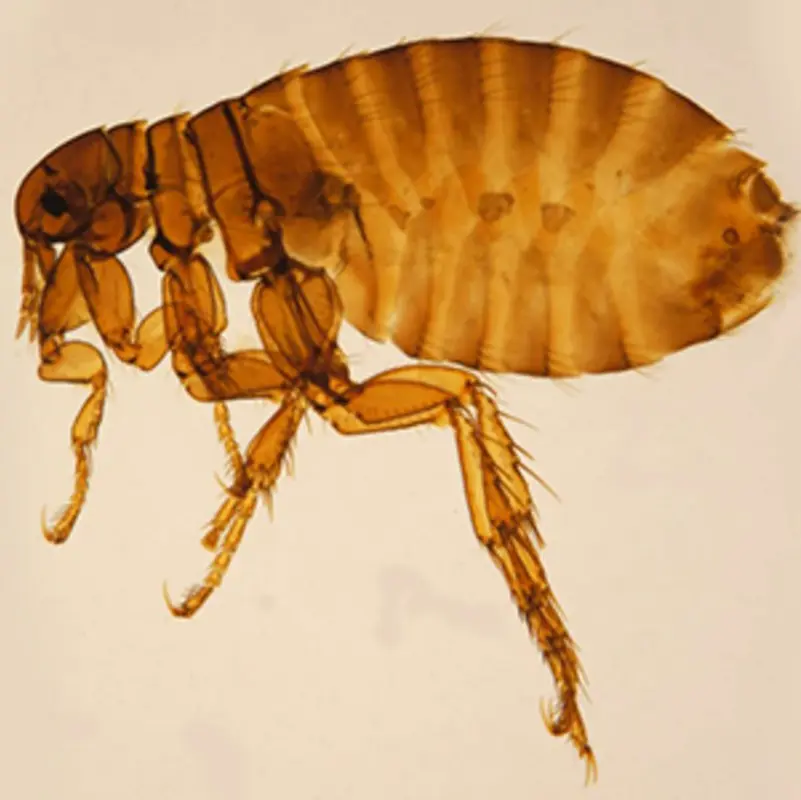How To Prune Trees?
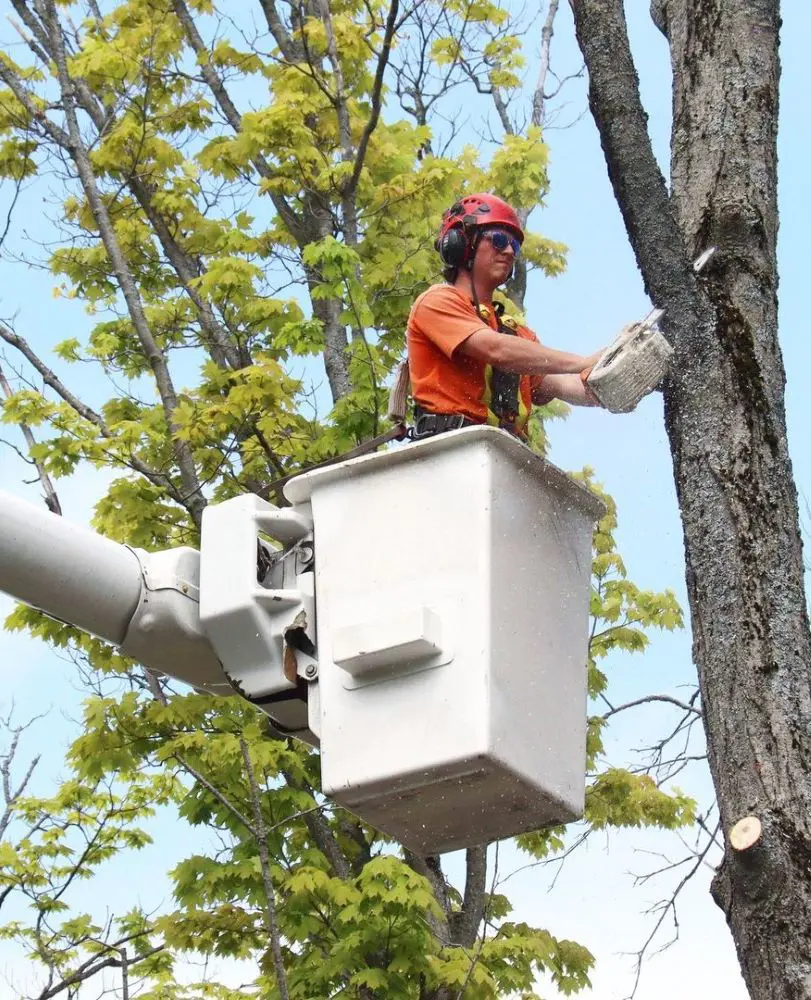
Selecting the best pruning technique is crucial because it ensures the tree's health, structure, and aesthetics are maintained. Here are the techniques of tree pruning:
1. Assess Tree Health
Before pruning, assess the tree's health, species, and growth habits. Identify any specific issues like dead, diseased, or damaged branches, as well as any structural concerns or aesthetic goals you want to achieve through pruning.
Understanding the tree's needs will guide your pruning decisions.
2. Select Pruning Tools
Gather the necessary tools for pruning, including sharp and clean hand pruners, loppers, a pruning saw for larger branches. Also, don't forget to wear safety gear such as gloves, safety glasses, and sturdy footwear.
Using sharp tools ensures clean cuts that promote faster healing and reduce the risk of disease transmission.
3. Identify Branches for Pruning
Walk around the tree and identify the branches that need pruning. Focus on removing dead, diseased, or crossing branches, as well as those with weak attachments or growing toward structures or power lines.
Consider the tree's natural shape and structure when selecting branches for pruning.
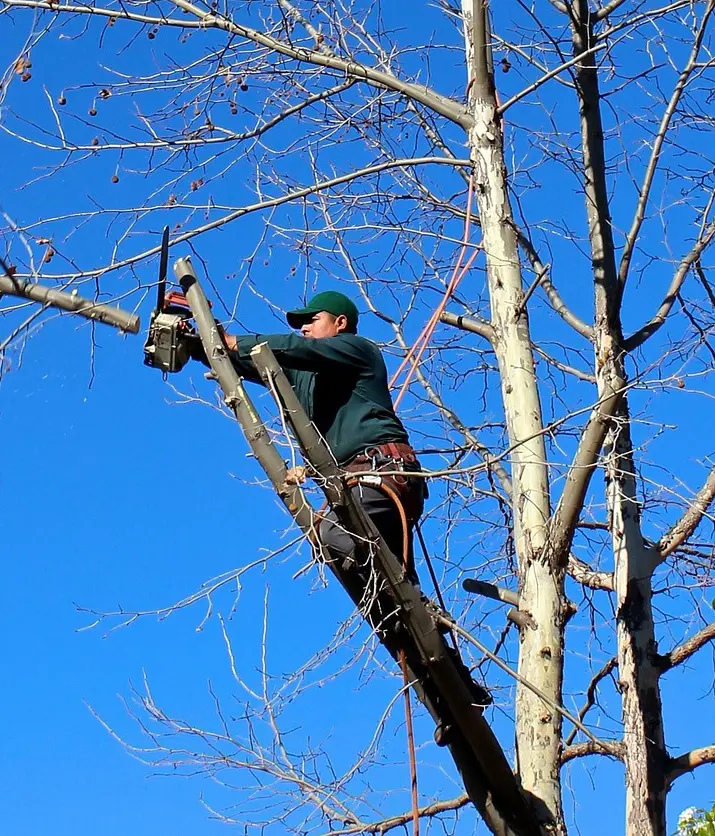
4. Start with Deadwood Removal
Begin pruning by removing dead, dying, or diseased branches. Use hand pruners or a pruning saw to make clean cuts just outside the branch collar (the swollen area where the branch meets the trunk).
Removing deadwood improves tree health by preventing disease spread and allows more resources to be allocated to healthy parts of the tree.
5. Thin the Crown
Use thinning cuts to selectively remove branches throughout the crown of the tree. Thinning cuts involve removing entire branches back to their point of origin or to a lateral branch.
Thinning the crown reduces density, improves light penetration, and enhances air circulation, promoting overall tree health and vigor.
6. Address Structural Issues
Identify and address any structural issues such as weak attachments, co-dominant stems, or crossing branches. Remove branches with narrow crotch angles or included bark, as these are prone to splitting and failure.
Trim branches that compete with the central leader or main trunk to establish a strong and well-spaced branching structure.
7. Make Proper Pruning Cuts
Use appropriate pruning cuts depending on the size and location of the branch. For smaller branches, use hand pruners for clean cuts just outside the branch collar.
For larger branches, use a pruning saw to make three cuts to prevent bark tearing and ensure a clean removal. Avoid leaving stubs, as they can lead to decay and pest infestations.
8. Clean Up Debris
Remove pruned branches and debris from around the tree. Dispose of or compost the branches properly to prevent the spread of disease and pests.
Keep the area around the tree clean and tidy to reduce potential hazards and improve aesthetics.
9. Monitor and Maintain
Regularly inspect the tree for new growth, structural issues, or further pruning needs. Adjust your pruning practices as necessary to maintain the tree's health, structure, and aesthetics over time.
